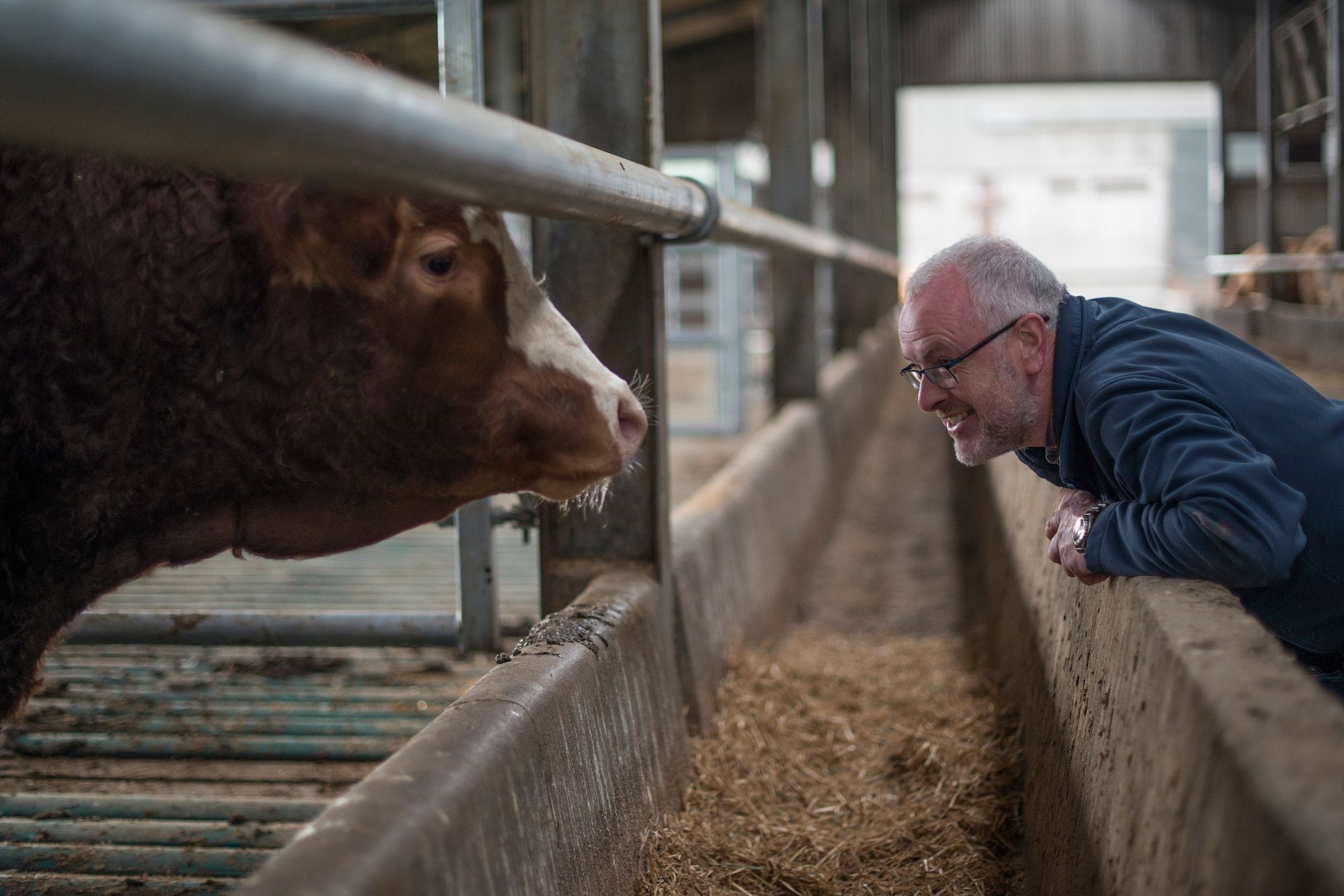GMP and MAHs, ICH Q13, and More: October Pharmaceutical News Update
NSF’s pharmaceutical industry update looks at changes in guidelines and legislation that will impact the pharmaceutical sector.
This edition looks at:
- EMA reflection paper on GMP and marketing-authorization holders
- ICH Q13: Continuous Manufacturing of Drug Substances and Drug Products
- PIC/S guidance on COVID-19 Risk Assessment for National Routine On-Site Inspections
Detailed legislation updates are also available on the NSF Pharma App.
EMA Reflection Paper on GMP and Marketing-Authorization Holders
The European Medicines Agency (EMA) published a draft reflection paper on January 14, 2020, on the GMP-related responsibilities that apply to marketing-authorization holders (MAHs), with a deadline for comments on April 14, 2020. The final version was published as part of Part III of the EU GMP Guide on July 23, 2021.
The reflection paper makes it clear that even if the MAH is not directly engaged in the manufacture of products under EU law and the GMP guide, they do still have GMP responsibilities. The EMA seeks to clarify the various responsibilities and what they mean for MAHs at a practical level. As outlined in this paper, while certain activities of an MAH may be delegated to a manufacturer or other party, the MAH retains the ultimate responsibility for the performance of a medicinal product over its lifetime, including its safety, quality and efficacy.
The paper points out that Article 111 of Directive 2001/83/EC and Article 80 Directive 2001/82/EC give powers to Member State authorities to inspect the premises of MAH companies. This reflection paper may serve as useful guidance for the competent authorities performing the inspections.
Compliance Between GMP and the Marketing-Authorization Holder
Section 4 of the paper outlines the MAH’s role in facilitating compliance with GMP and the marketing authorisation (MA). These responsibilities generally relate to:
- The provision of information by the MAH to competent authorities, manufacturing sites and Qualified Persons
- The collation of quality-related information from different actors in the manufacturing and distribution chain
GMP Requirements for Marketing-Authorization Holders
Section 5 of the paper, which forms the bulk of the 29-page document, outlines each GMP requirement that applies to the MAH. The requirements are grouped together under a number of different themes:
- Outsourcing and technical agreements
- Audits and qualification activities
- Communication with manufacturing sites (e.g., MA dossier information, variations, regulatory commitments)
- Product quality reviews
- Quality defects, complaints and product recalls
- Maintenance of supply of medicinal products
- Continual improvement activities
Section 6 outlines the directive on falsified medicines and MAH responsibilities relating to safety features.
Step 2 Draft Guidelines for ICH Q13: Continuous Manufacturing of Drug Substances and Drug Products
The ICH Assembly endorsed the topic of continuous manufacturing (CM) in June 2018 and an expert working group was formed. The International Council for Harmonisation of Technical Requirements for Pharmaceuticals for Human Use (ICH) brings together regulatory bodies and the pharmaceutical industry to develop ICH Guidelines.
The draft of Q13 gained step 2b approval and was issued for public comment. Step 3 of the ICH process began on July 27, 2021. In Europe, the deadline for comments is December 20, 2021. Q13 is intended to apply to drug/medicinal products and drug substances/APIs for chemical entities and therapeutic proteins. The principles may also apply to other biological and biotechnological entities. CM applies to new products and the conversion of batch manufacturing to CM for existing products.
Section 2: Models of Continuous Manufacturing
Section 2 of the draft guideline describes three different models of CM:
- A combination of approaches in which some unit operations operate in a batch mode while others operate in a continuous mode
- An approach where all unit operations of a drug substance or drug product manufacturing processes are integrated and operate in a continuous mode
- An approach in which the drug substance and drug product unit operations are integrated across the boundary between drug substance and drug product to form a single continuous manufacturing process
The draft uses the ICH Q7 definition of a batch for both drug substance and drug product. Based on this definition, the size of a batch produced by CM can be defined in terms of one of the following:
- Quantity of output material
- Quantity of input material
- Run time at a defined mass flow rate
Batch size can also be defined as a range. Other approaches to defining batch size can be considered if scientifically justified.
Sections 3, 4 and 5
Section 3 of the draft guidelines covers scientific approaches, outlining control strategy development, production output changes and continuous process verification.
Section 4 itemizes regulatory considerations, and section 5 is a glossary of key terms.
Annexes to ICH Q13 Guideline
Part 2 of the draft is a series of five annexes comprising more than half of the document. The annexes cover:
- Continuous Manufacturing of Drug Substances for Chemical Entities
- Continuous Manufacturing for Drug Products
- Continuous Manufacturing of Therapeutic Protein Drug Substances
- Integrated Drug Substance and Drug Product Continuous Manufacturing
- Perspectives on Managing Disturbances
PIC/S Guidance on "COVID-19 Risk Assessment for National Routine On-Site Inspections”
The Pharmaceutical Inspection Co-operative Scheme (PIC/S) published the “COVID-19 Risk Assessment for National Routine On-Site Inspections” on July 15, 2021.
The 12-page guidance document is to be completed by inspectors during the planning phase of inspections. The site to be inspected must then confirm that all necessary measures identified in the risk assessment will be implemented.
Talk to NSF Health Sciences
NSF’s expert team works with companies around the world to ensure their manufacturing processes are compliant with necessary legislation and regulations. We can:
- Develop and improve quality systems and ensure international GMP compliance with the support of NSF’s staff of former regulators and industry experts
- Prepare companies to bring products to market by conducting clinical trials, developing regulatory filing strategies and ensuring inspection readiness
- Assist with responses to adverse regulatory inspection findings by building compliant quality systems and avoiding future problems with a custom remediation plan
- Deliver training and education that drives improvements
Share this Article
How NSF Can Help You
Get in touch to find out how we can help you and your business thrive.

What’s New with NSF

Healthy People Living on a Healthy Planet: The Future We’re Working For
April 4, 2024
American Meat and Egg Distributors Now California-Ready with NSF’s Prop 12 Certification
April 3, 2024
2024 GFSI Conference - Meeting the Needs of our Evolving World
March 20, 2024